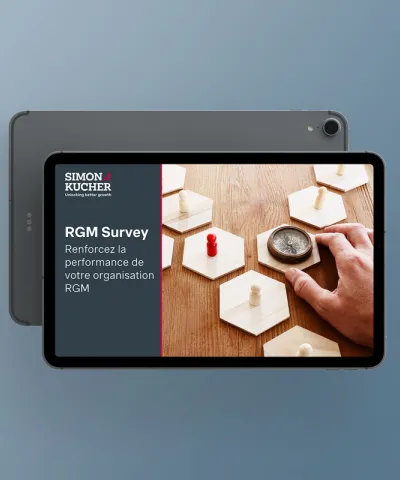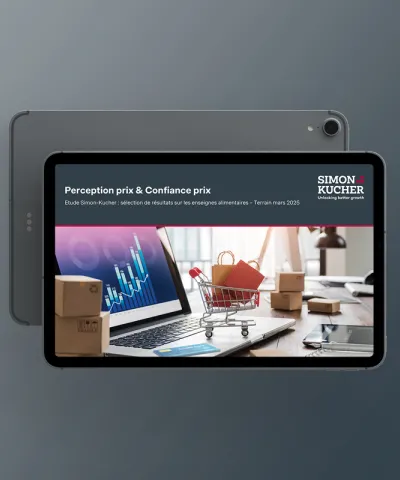Medtech businesses are still feeling the impacts of the COVID-19 crisis and looking for ways to respond. Our research suggests that many have identified business model innovation as a solution to the challenges they face and a potential engine for growth in the sector.
After more than two years navigating the COVID-19 health crisis, the medtech industry is still suffering from some of its biggest effects: inflation, supply chain disruption, and budget limitations. However, most companies have managed to leverage an increase in demand and have emerged from the pandemic just as competitive as when it began.
Medtech firms haven’t simply settled for strengthening their existing business models, though. Instead, many are innovating entirely new business models for the post-COVID-19 era. Our survey of 60 major medtech players across the US and Europe shows that four out of every five companies have identified business model innovation as crucial to securing their medium- to long-term business objectives, and almost all are beginning to experiment in the field.
Why is business model innovation such an important topic for medtech companies?
There are two key challenges medtech companies hope to overcome by introducing more innovative business models:
- Budgets are coming under mounting pressure. This makes it harder for medtech suppliers to sell high-cost innovations using traditional transaction models. Firms must show that the added economic and clinical value their devices provide is worth the investment, which is especially challenging if they need to maintain a price premium over the competition.
- Reimbursement rates often don’t cover new generations of devices. Traditional business models are problematic as the low reimbursement rates can’t cover the costs of the latest version of an innovative device. This is particularly true when large capital investments are required. A new business model that is tailored to budgeting constraints and clinical needs can make a huge difference to its commercial strategy.
How can companies realize the potential of innovative business models?
Any company in this sector that wants a future-oriented business model must innovate it in two key ways:
- Tailor the offer model to the customers’ dynamic clinical and economic needs, e.g., by broadening the device’s application, increasing its frequency of use, pricing competitively.
- Establish sustainable monetization models, e.g., financing, leases, pay-per-use, subscriptions, risk-sharing, clinical outcome-based models.
While medtech companies are starting to prioritize updating their business models, only one in three would describe themselves as being at the forefront of business model innovation. In most cases where their innovations have already entered the commercial phase, internal goals for commercial success haven’t been met yet.
What challenges arise from redesigning business models?
The obstacles to establishing successful new business models generally fall into one of two categories:
- Market-facing challenges: Customers don’t think it’s worthwhile to invest in creating more innovative business models.
- Internal challenges: Medtech companies need to use an approach to sales that is unlike their approach to the product business and must also align between different profit and loss statements. This in turn limits their ability to sell and deploy a new model.
These challenges repeatedly hamper development, but solutions have been found. In the next article in this series, we will explore how medtech companies can avoid common pitfalls related to business model innovation and start to establish the field as a platform for future growth.
Learn more about how we can support your medtech company on its path to better growth.








